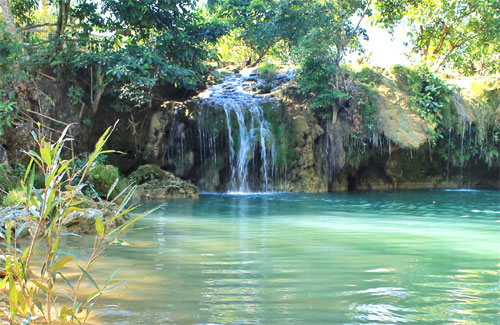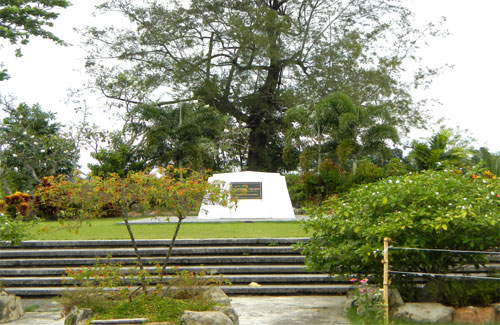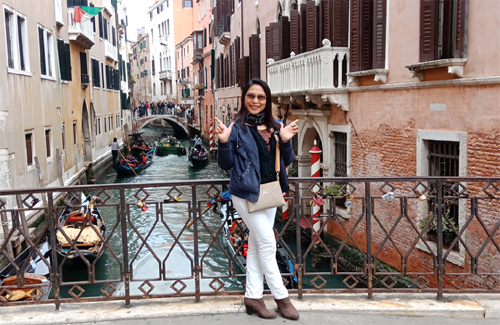Pangasinan Travel Guide and Itinerary – The name Pangasinan means “place of salt” or “place of salt-making”; it is derived from the prefix pang, meaning “for”, the root word asin, meaning “salt”, and suffix an, signifying “location”. The Spanish form of the province’s name, Pangasinán, remains predominant, albeit without diacritics and so does its pronunciation: [paŋɡasiˈnan]. The province is a major producer of salt in the Philippines. Its major products include bagoong (“salted-krill”) and alamang (“shrimp-paste”). Pangasinan was founded by Austronesian peoples who called themselves Anakbanwa circa 2500 BCE. A kingdom called Luyag na Caboloan which expanded to incorporate much of northwestern Luzon existed in Pangasinan before the Spanish conquest in the 16th century. The Kingdom of Luyag na Kaboloan was known as the Wangdom of Pangasinan in Chinese records. The ancient Pangasinan people were skilled navigators and the maritime trade network that once flourished in ancient Luzon connected Pangasinan with other peoples of Southeast Asia, India, China, Japan and the rest of the Pacific. The ancient kingdom of Luyag na Caboloan was in fact mentioned in Chinese and Indian records as being an important kingdom on ancient trade routes.
Popular tourist attractions in Pangasinan include the Hundred Islands National Park in Alaminos the white-sand beaches of Bolinao and Dasol. Dagupan City is known for its Bangus Festival (“Milkfish Festival”). Pangasinan is also known for its delicious mangoes and ceramic oven-baked Calasiao puto (“native rice cake”). Pangasinan occupies a strategic geo-political position in the central plain of Luzon. Pangasinan has been described as the gateway to northern Luzon.
Pangasinan is the name of the province, the people and the spoken language. Indigenous Pangasinan speakers are estimated to number at least 2 million. The Pangasinan language, which is official in the province, is one of the officially recognized regional languages in the Philippines. In Pangasinan there were several ethnic groups that enriched the cultural fabric of the province. Almost all of the people are Pangasinans and the rest are descendants of Bolinao and Ilocano that settled the eastern and western parts of the province. Pangasinan is spoken as a second-language by many of the ethnic minorities in Pangasinan. The secondary ethnic groups are the Bolinao-speaking Zambals, and Ilocanos.



